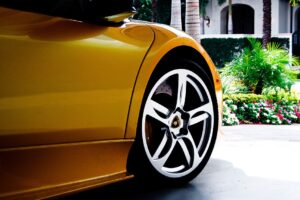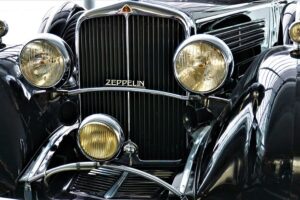The SSC Ultimate Aero was first introduced in 2006 by Shelby SuperCars, a small manufacturer based in the United States. Right from the start, the goal was to create a supercar that could compete with the likes of Bugatti and Koenigsegg in terms of speed and performance. And with a top speed of 256 mph, the Ultimate Aero certainly achieved that goal.
So, what makes the SSC Ultimate Aero so fast? One key factor is its powerful engine. The car is powered by a twin-turbocharged V8 engine that produces a whopping 1,287 horsepower. This immense amount of power allows the Ultimate Aero to accelerate from 0 to 60 mph in just 2.8 seconds, making it one of the quickest cars on the road.
But it’s not just the engine that makes the Ultimate Aero so fast. The car also benefits from a lightweight carbon fiber body, which helps to reduce weight and improve aerodynamics. This, combined with advanced suspension and braking systems, allows the Ultimate Aero to handle corners and braking with precision and control, even at high speeds.
Inside, the SSC Ultimate Aero is a true driver’s car. The cockpit is designed for maximum focus and performance, with a minimalist layout and high-quality materials. The steering wheel is responsive, the seats are supportive, and the dashboard is filled with important information about the car’s performance.
But while the SSC Ultimate Aero may be a marvel of engineering and performance, it’s not without its drawbacks. The car’s limited production numbers and high price tag make it out of reach for most buyers. And with newer, faster supercars hitting the market every year, the Ultimate Aero’s title as the world’s fastest car may not last forever.
Still, for those lucky enough to own or drive an SSC Ultimate Aero, there’s no denying the thrill and excitement that comes with pushing this car to its limits. With its incredible speed, power, and performance, the Ultimate Aero is a true testament to American engineering and design. And for car enthusiasts and speed freaks alike, it will always hold a special place in the history of supercars.





























Add Comment